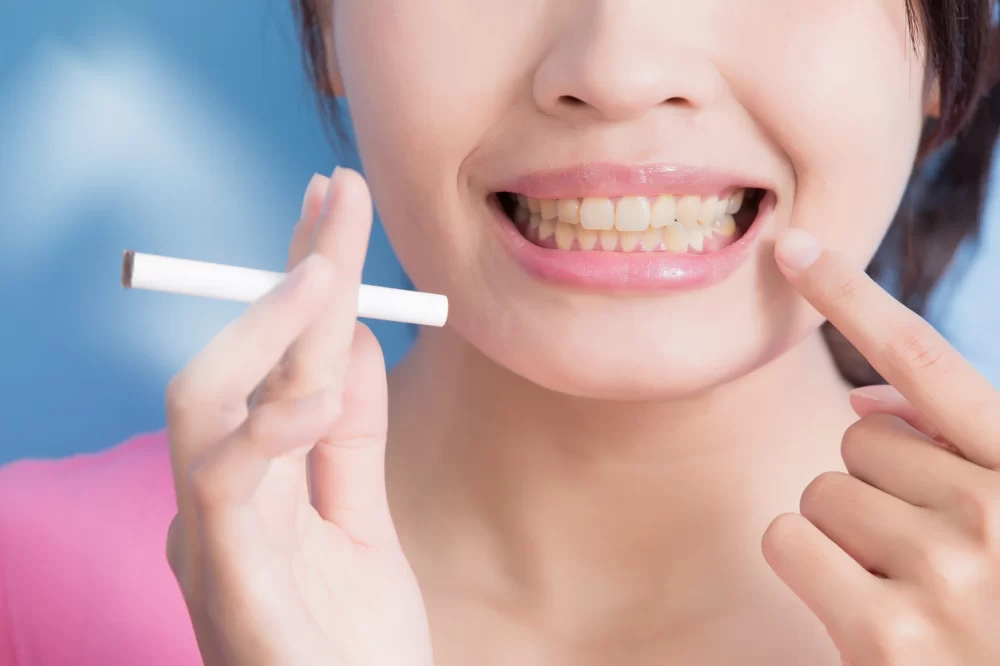
- Understanding Black Spots on Teeth
- Common Causes of Black Spots
- Effective Methods to Fix Black Spots on Teeth
- Real-Life Examples and Patient Stories
- Professional Help and Product Recommendations
1. Understanding Black Spots on Teeth
Black spots on teeth are a common dental concern that can affect anyone, ranging from minor surface stains to deeper discolorations caused by decay or enamel defects. Recognizing the nature of these spots is the first step in learning how to fix black spots on teeth effectively.
Black spots may appear as small, isolated marks or larger patches and can occur on the front or back surfaces of teeth. While some are harmless stains caused by lifestyle habits, others may signal underlying dental problems requiring immediate attention.
1.1 Types of Black Spots
Black spots generally fall into two categories: extrinsic and intrinsic. Extrinsic spots are surface stains caused by external factors like food, drinks, or smoking. Intrinsic spots come from within the tooth due to decay, trauma, or developmental issues.
1.2 Why Prompt Action Matters
Ignoring black spots can lead to further tooth damage or gum issues. Early detection and treatment help preserve oral health and maintain a confident smile.
2. Common Causes of Black Spots
Understanding what causes black spots on teeth is crucial to addressing them appropriately. Some of the most frequent causes include:
2.1 Poor Oral Hygiene and Plaque Build-Up
Inadequate brushing and flossing allow plaque and tartar to accumulate, which can darken over time and cause black spots.
2.2 Tooth Decay and Cavities
Decay destroys enamel and dentin, often appearing as dark or black spots. Untreated cavities worsen these spots and may cause pain or infection.
2.3 Consumption of Staining Substances
Frequent intake of coffee, tea, red wine, and tobacco can lead to stubborn stains on the tooth surface.
2.4 Fluorosis and Enamel Defects
Excess fluoride during tooth development or enamel hypoplasia can cause discoloration, including black or brown spots.
3. Effective Methods to Fix Black Spots on Teeth
Addressing black spots requires a tailored approach depending on their cause and severity. Here are some common and effective treatments:
3.1 Professional Dental Cleaning
For surface stains caused by plaque and tartar, a thorough professional cleaning can remove black spots effectively. Regular visits to your dentist prevent buildup and keep teeth bright.
3.2 Teeth Whitening Treatments
Whitening procedures, including in-office bleaching or take-home kits, can reduce or eliminate stains caused by external factors. However, whitening is not effective for decay-related spots.
3.3 Dental Fillings and Restorations
When black spots indicate cavities, dentists remove the decayed part and restore the tooth with fillings or crowns, eliminating the discoloration and protecting tooth structure.
3.4 Microabrasion and Resin Infiltration
For enamel defects or superficial stains, microabrasion gently removes a thin layer of enamel, while resin infiltration fills in porous spots, improving appearance without extensive procedures.
3.5 Lifestyle Changes and Preventive Care
Avoiding staining foods and beverages, quitting smoking, and maintaining excellent oral hygiene are vital to preventing new black spots.
4. Real-Life Examples and Patient Stories
Emily, a 25-year-old teacher, noticed persistent black spots on her front teeth after years of daily coffee consumption. After consulting her dentist, she underwent professional cleaning combined with at-home whitening treatments. Within a few weeks, her smile brightened noticeably, boosting her confidence during presentations.
In another case, David, a 40-year-old who ignored early signs of decay, developed extensive black spots due to cavities. His treatment involved multiple fillings and a crown for a severely damaged tooth. His experience underscores the importance of early intervention and regular dental check-ups.
5. Professional Help and Product Recommendations
If you're wondering how to fix black spots on teeth effectively, seeking professional advice is always the safest path. Dentistry Toothtruth provides expert guidance and offers a wide range of products designed to tackle various causes of black spots, from whitening kits to restorative solutions.
Remember, the right approach depends on accurate diagnosis and tailored treatment plans. Combining professional care with at-home maintenance ensures the best results for a healthy, radiant smile.







 Westbury Dental Spa4.0 (376 review)
Westbury Dental Spa4.0 (376 review) Unbraced Invisalign Studio4.0 (74 review)
Unbraced Invisalign Studio4.0 (74 review) Red Oak Dentistry: Dr. Michael King4.0 (74 review)
Red Oak Dentistry: Dr. Michael King4.0 (74 review) Erik M. Unger, DDS0.0 (0 review)
Erik M. Unger, DDS0.0 (0 review) First Class Dental PA5.0 (248 review)
First Class Dental PA5.0 (248 review) Kansas City Dental Implants & Oral Surgery4.0 (229 review)
Kansas City Dental Implants & Oral Surgery4.0 (229 review) The Importance of Oral Health Education During Pregnancy for a Healthy Pregnancy
The Importance of Oral Health Education During Pregnancy for a Healthy Pregnancy Best Tips for Brushing Your Teeth Properly for Healthy Gums: Essential Techniques for Oral Health
Best Tips for Brushing Your Teeth Properly for Healthy Gums: Essential Techniques for Oral Health Why Skipping Dental Checkups Can Lead to Bigger Oral Health Problems
Why Skipping Dental Checkups Can Lead to Bigger Oral Health Problems Advantages of Porcelain Dental Restorations
Advantages of Porcelain Dental Restorations How Can Diabetes Cause Tooth and Gum Problems? Preventing and Managing Oral Health Issues
How Can Diabetes Cause Tooth and Gum Problems? Preventing and Managing Oral Health Issues Healthy Habits for Promoting Good Oral Health and Hygiene: Tips for a Healthy Smile
Healthy Habits for Promoting Good Oral Health and Hygiene: Tips for a Healthy Smile